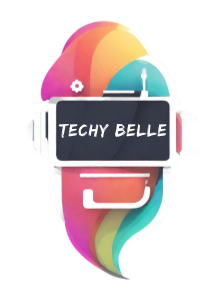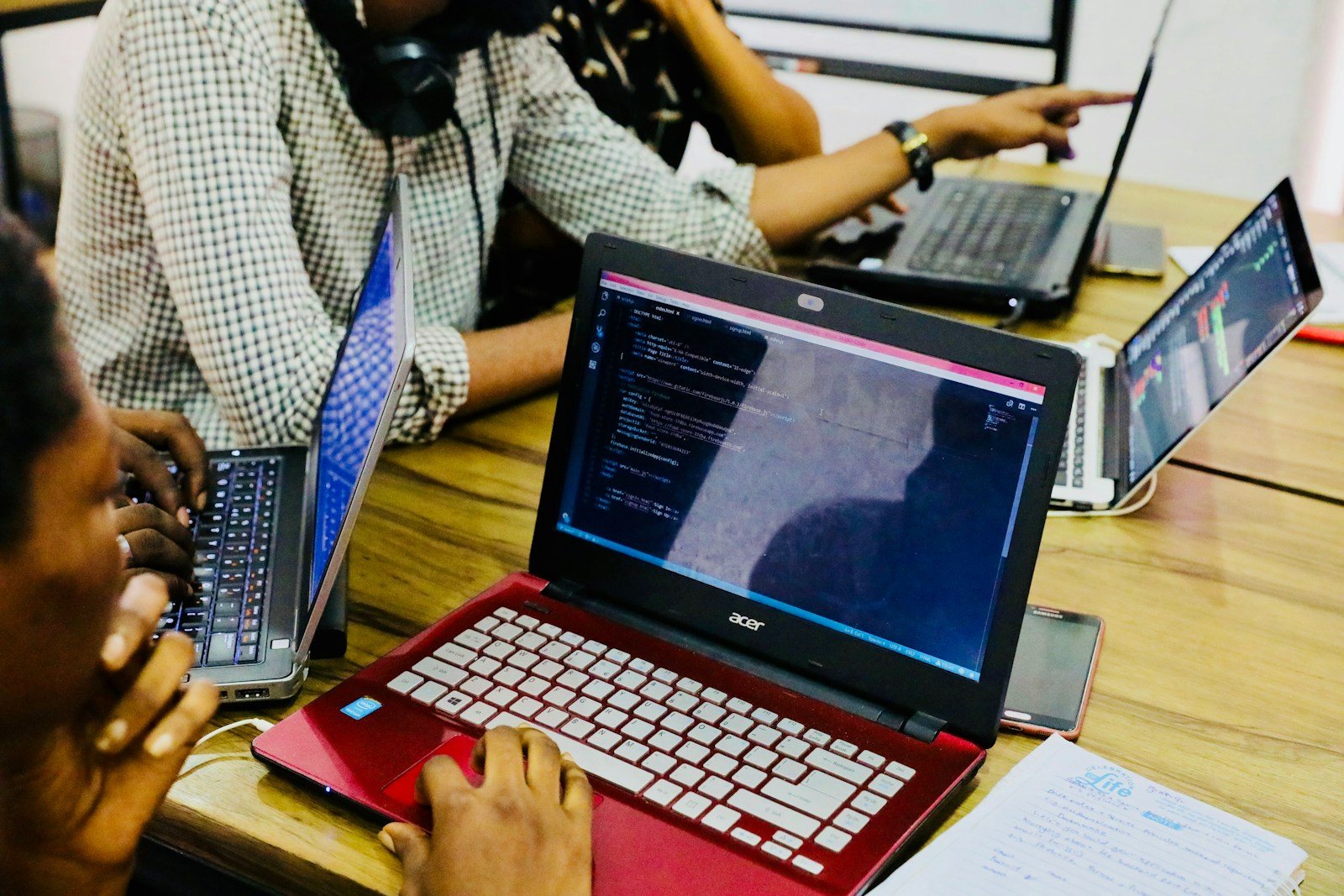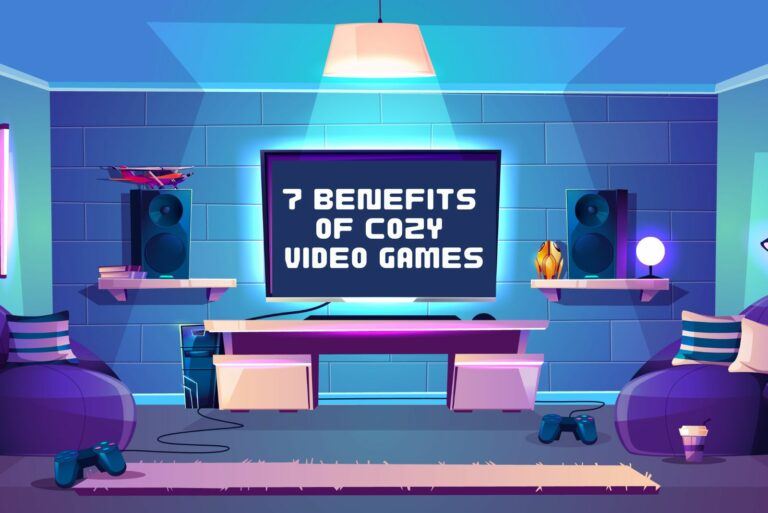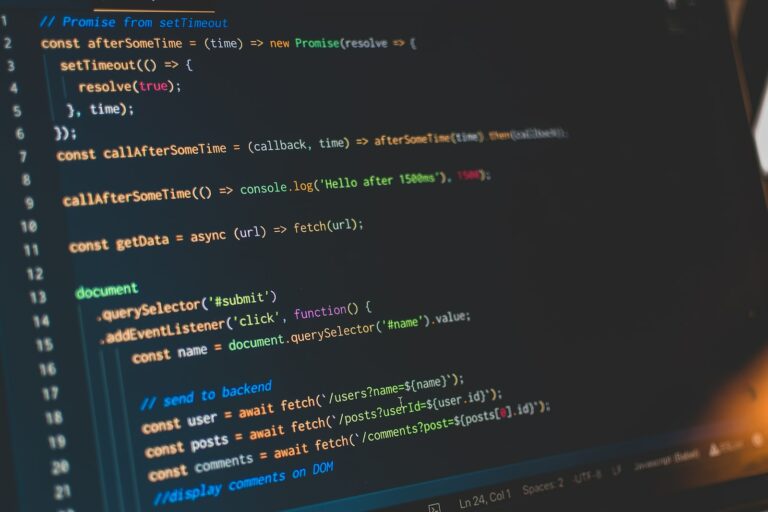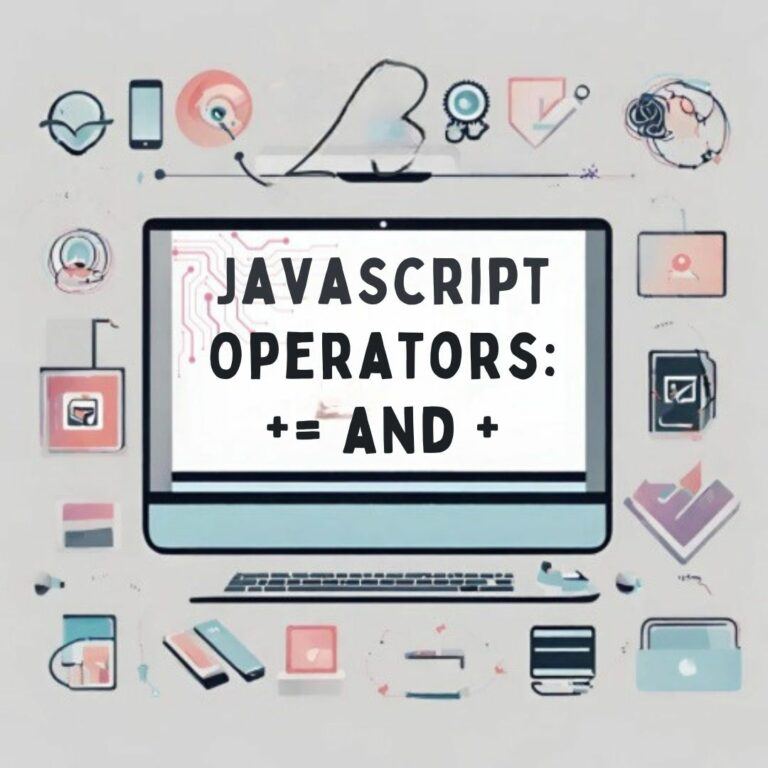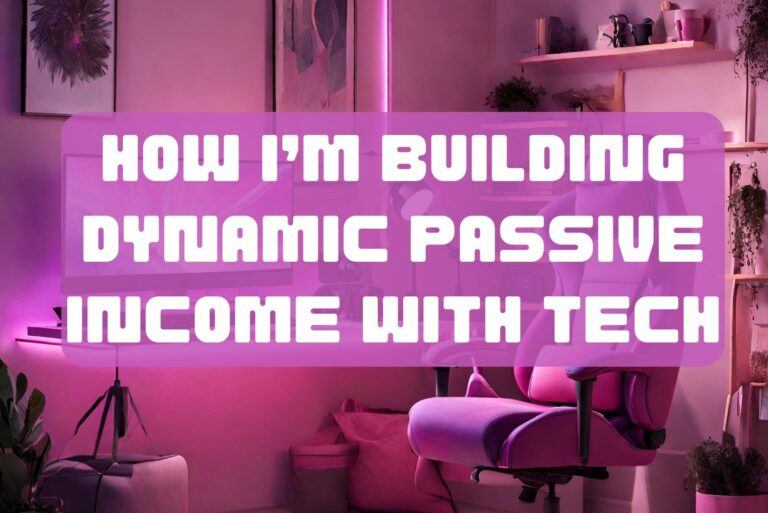I Want To Learn To Code
We live in an era where technology is not just a luxury, it’s a necessity. The digital age demands proficiency in languages beyond English, Spanish, or Mandarin – I’m talking about the languages of computers. Understanding the ‘how’ and ‘why’ of coding could be the key to unlock countless opportunities.
You are here because you’ve said “I want to learn to code”. Let’s look at some reasons why you or anyone learn should learn to code? First off, coding presents a plethora of career options. Tech companies are always on the hunt for skilled coders, but the demand isn’t confined to them. From healthcare to finance, every industry needs people who can write code.
Not just for your career, coding sharpens problem-solving and logical thinking skills. It’s not simply about typing lines of code; it’s about breaking down problems and devising efficient solutions. Plus, the satisfaction of creating something from scratch is unparalleled – it’s your canvas, and you’re the artist.
Coding touches every aspect of our lives. It’s in the apps we use, the cars we drive, and the devices that power our homes. Consider this: coders are at the epicenter of developing the software that enables virtual reality, enhances medical equipment, or streamlines complex financial systems.
You might view coding as a professional necessity, but it’s also a way to enrich your personal life. Building your own applications or automating mundane tasks can give you a new sense of freedom and creativity. It’s about making your life easier and more enjoyable, through your own ingenuity.
Your Coding Launchpad: Initiating the Code Learning Experience
When I first peered into the world of coding, the vastness of it all seemed daunting. But fear not; the journey to becoming a coder has one universal starting block: the deep-end dive into fundamentals. Think of it as the base upon which you’ll build your coding empire. Mastering these basics is akin to a musician learning scales; it’s the key that unlocks the complexity later on. So, how do you start?
The choice of your first programming language is pivotal. It’s tempting to pick the most complex one, but I recommend easing into the pool with languages known for their beginner-friendliness. Python, for instance, has a syntax similar to the English language, making it less intimidating for newcomers. JavaScript, on the other hand, is your gateway to the web. Both are versatile and in high demand. Most importantly, choose a language that aligns with what you aspire to create or solve.
Setting goals is imperative, and realism here is your ally. Take small steps. Don’t overload yourself with trying to grasp everything at once. Lay out clear, measurable objectives: it could be to understand a concept, write a simple program, or debug a piece of code. This approach will not only pace your learning but also provide the satisfaction of ticking off milestones regularly.
Keep these starting points in mind as I steer you toward the next beacon: choosing the right learning path.
Navigating Learning Routes: How to Find Your Perfect Coding Path
When I made the decision to learn coding, I soon realized there wasn’t a one-size-fits-all approach. Each beginner will resonate with different learning environments and methodologies. The key is to explore and find what works best for you.
Self-study is the choice for those who prefer solo flights into the coding universe. It involves pouring over books, combing through online documentation, and tinkering with code. For me, this was a test of discipline and provided a strong foundation of the basics.
On the other side are structured environments like online courses and coding bootcamps. My stint at a coding bootcamp was a launching pad, propelling me into the coding mindset with a more hands-on, practical approach. The pace was intense, but the support from mentors and peers was invaluable.
I also tested the waters of online platforms like Coddy.io and LabEx. Coddy.io resonated with my need for interactive courses and engaging community discussions. LabEx provided a wealth of practical examples and real-world problem-solving exercises that mirrored the industry’s demands.
Both Coddy.io and Lab_Ex offer trials or free entry-level modules, so consider giving them a spin to see if they align with your learning style.
As we move into effective learning strategies in the next section, remember that your chosen path is valid. Whether it’s the communal learning of a bootcamp or the solitary refinement of self-study, your journey is yours to own.
Coding Consistency: Key Strategies for Effective Learning
Learning to code isn’t a sprint; it’s more of a marathon. Developing a regular study routine and sticking with it makes all the difference. Here’s how I do it:
I set aside specific times each day for coding, treating these slots as non-negotiable appointments. Consistency over intensity often leads to better retention and understanding.
Combining various resources helps maintain my interest. I mix online tutorials, coding exercises, and documentation study to keep things fresh.
Nothing cements knowledge quite like applying it. So, after learning a new concept, I immediately use it in a small project or add a feature to an ongoing one. It’s a thrill to see abstract concepts come alive in working code.
I can’t stress enough how crucial it is to become an active member of coding communities. Platforms like GitHub and Stack Overflow are goldmines for real-world advice, inspiration, and the occasional morale boost from peers.
When I hit a stumbling block, I’ve found that stepping away for a bit can be refreshingly productive. A short walk or a change of scenery often brings a new perspective on a problematic piece of code.
Rest is as critical as study. Adequate sleep recharges the brain, making it ready to tackle complex problems with renewed vigor the next day.
Embracing these strategies has transformed my learning process. But even the best-laid plans face challenges. In the next section, I’ll discuss common roadblocks and share strategies to conquer them – because forewarned is forearmed.
Crafting Your First Code Creations: Simple Projects to Showcase Your Skills
Embarking on hands-on projects is a rite of passage in the coding journey. It’s where you transition from theory to practice, and the knowledge you’ve gained starts to come alive.
Here are some approachable project ideas tailored for beginners: consider creating a personal blog, a to-do list application, or even a simple game. These projects may sound daunting, but they’re actually within reach with the basics you’ve learned.
To begin your project, sketch out what you want to build. Break it down into smaller tasks, and tackle them one at a time. Remember, every line of code you write solidifies your understanding.
It’s essential to not just complete these projects but to present them well. Create a portfolio to display your work. This portfolio becomes your professional calling card, showing potential employers or clients what you’re capable of.
While these initial projects might be straightforward, they’re an important stepping stone. They can open doors you may not even know exist. More than that, they imbue you with confidence in your ability to create and problem-solve.
As I conclude, I reflect on this journey into coding I’ve embarked on. It’s a path lined with both challenges and triumphs, but one thing is clear: the potential for growth is immense.
If you’ve followed this blog and reached this point ready to start coding, congratulations. Your persistence is about to pay off. Use the tips, resources, and encouragement I’ve shared, and take the plunge into your own coding adventure.
Remember, coding is not just about learning a language; it’s about thinking differently, solving problems, and expanding your horizons. So go ahead, craft your first project, and watch as your code changes the world, one line at a time.
